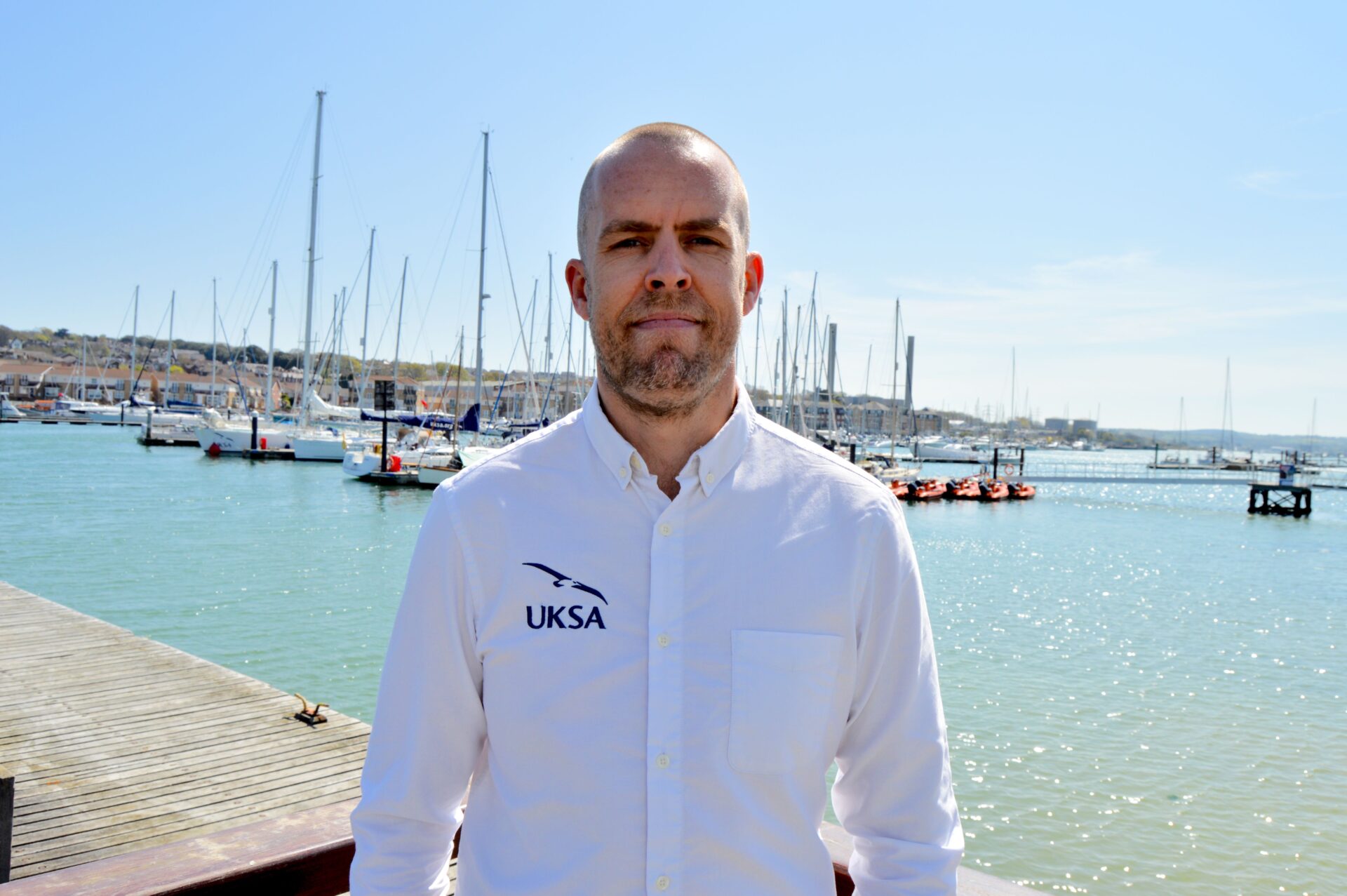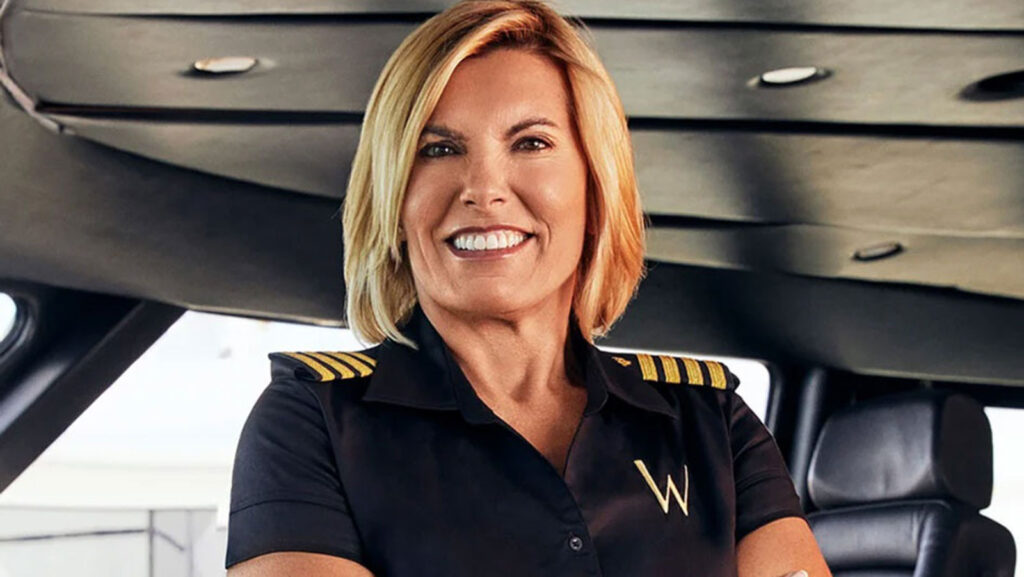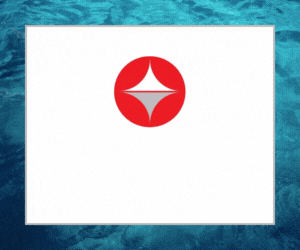Is gender imbalance in the yachting industry improving?
UKSA is a national maritime charity, based on the Isle of Wight, with a vision to widen access to maritime training and enhance life skills and employment in the sector. We’ve been fortunate enough to speak with them and find out which Superyacht training courses they offer, and why they think they’ve seen a rise in female yacht crew applicants.

Q&A with James Potipher, UKSA Superyacht Cadetship Manager:
What Superyacht training courses do you offer for yachties?
We offer three main courses for our Superyacht students:
1. Superyacht Cadetship program – A four-year structured course, designed to help students obtain employment in the industry. And, rise up the ranks to OOW and beyond. The first phase is an intensive five-month course that equips students with their Yachtmaster and engineering qualifications. Students will gain all the qualifications needed to become a junior Deckhand.
2. Superyacht Crew Training – An intensive three-week course. This program will prepare students for their first deckhand job on a superyacht by providing skills and qualifications. Students will come out of this course with deck work skills, powerboat licenses, and basic safety training.
3. UKSA’s intensive three-week Superyacht Interior Training course – For students looking to begin their career as a steward/stewardess. It provides all the skills and qualifications required to secure that first job onboard a superyacht. Students will come out of this course with interior skills, powerboat licenses, and basic safety training.
During each course, time is spent creating CVs, applying for jobs, and outlining what to expect. All training phases are inclusive of food and accommodation, with funding opportunities available.
What changes have you seen to course intakes since the beginning of the pandemic?
Course intakes have been steady during the pandemic. We have adapted our training to meet the rules and regulations in place. And, as an educational provider, we were able to run most of the courses as normal. A lot of our latest intakes are those who have thought about their career during the lockdowns. And subsequently, decided on a different route.
You’ve recently seen a 150 percent increase in female applicants for your Superyacht training cadet course. What do you think caused this?
I think the industry is changing. The number of female applicants enrolling on the Superyacht Crew Training and the Cadetship is mirrored by the way the industry is changing with time. There are a lot more opportunities available for female deckhands, providing a good entry point into the industry.
Do you think the yachting industry will be close to becoming more of a 50:50 split, rather than primarily dominated by males? Or do you think that there is still a long way to go?
Getting to a 50:50 split will take some time. However, looking at the number of female applicants we’ve received, we are moving in the right direction. Will it ever be an even split? I don’t know, but I truly believe we can make the split more even in the future.

How successful have female yachtie students who have finished the cadetship course been in finding their first position? Has it been difficult? and what would you say their success rate is when compared with females completing the Superyacht interior course?
There isn’t a big difference between the percentage of male to female students getting their first job after the cadetship. One of the biggest barriers to getting the first job is the rooming onboard a vessel. Generally, male students will stay in a room together. So, this can be the difficulty females experience when finding their first role. Although many boats are specifically looking for female deckhands, there are plenty of opportunities in the industry.
There’s no doubt in my mind that you’ve heard of Captain Sandy from the popular reality TV series Below Deck. Captain Sandy is a great example of a woman in a traditionally male-dominated field who has achieved incredible success. Do you think this may have had anything to do with the dramatic increase in female applicants in the Superyacht training courses?
Unfortunately, I have never watched Below Deck. But having the presence of a female captain is a positive thing. It will hopefully encourage and help more women get into the industry. Other prominent figures also show the balance is shifting. Such as Kate McCue, one of the first female captains of a mega cruise ship. And, the first all-female crew of an A380. Albeit, slowly to start with hopefully, the shift will change for the positive.

Do you believe, that the reality TV series, Below Deck has influenced superyacht training course applications?
I personally think Below Deck has had little influence regarding our course applications. From what I hear and from my experience in the industry, what happens in the show might differ from reality. If a documentary was made showcasing my time onboard it may not match up to what occurs Below Deck. It would have been many hours scrubbing teak decks, cleaning windows, and polishing stainless steel. Which, may not be the greatest viewing. But the exposure to the Superyacht industry is always good. And, if this helps more people get into the industry, the better.
If you are a female considering starting your Superyacht training, now is your time to shine!
Female applicants are welcome on all superyacht training courses. For more information on the courses available at UKSA click here.
For the latest Superyacht news, click here.














